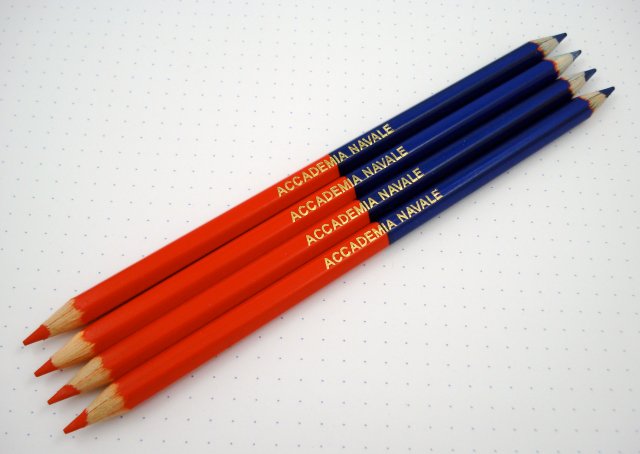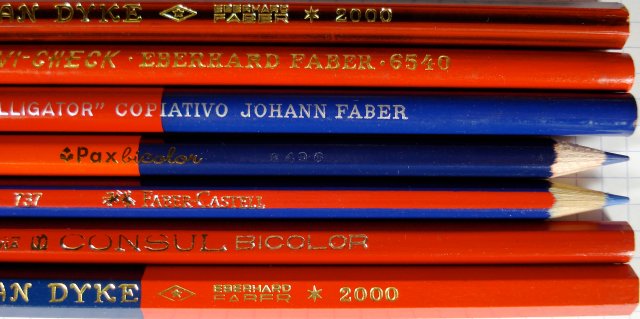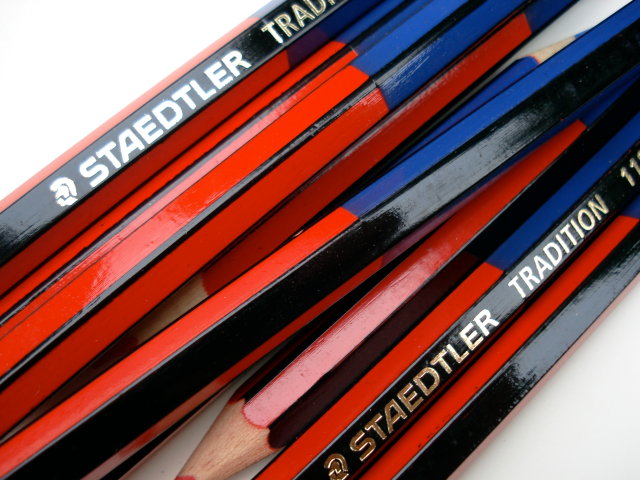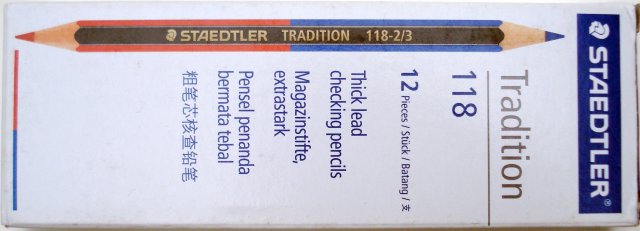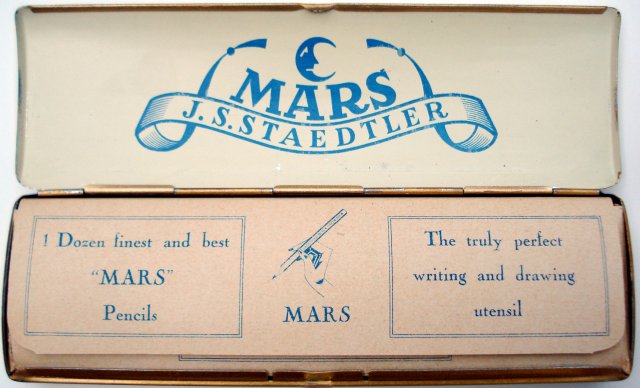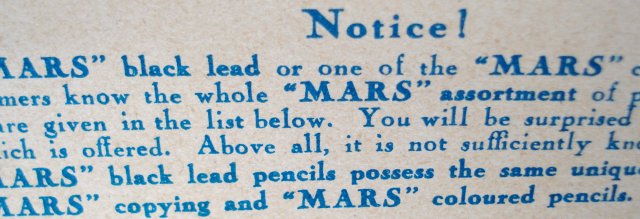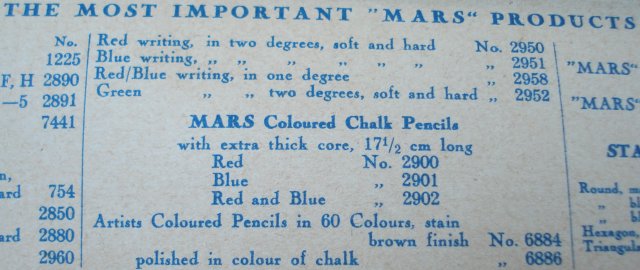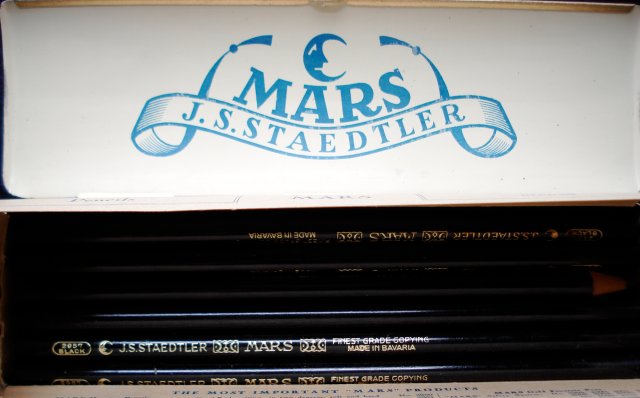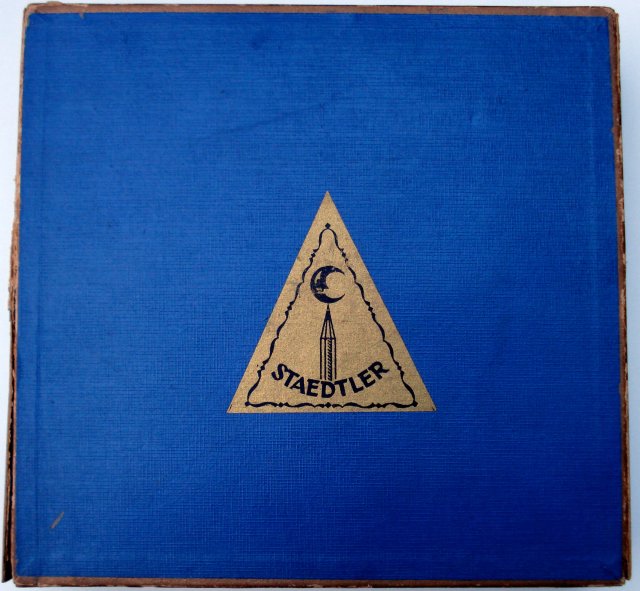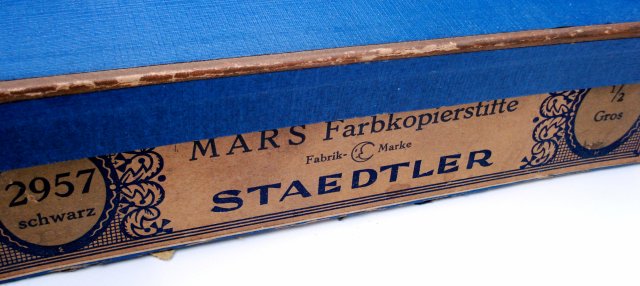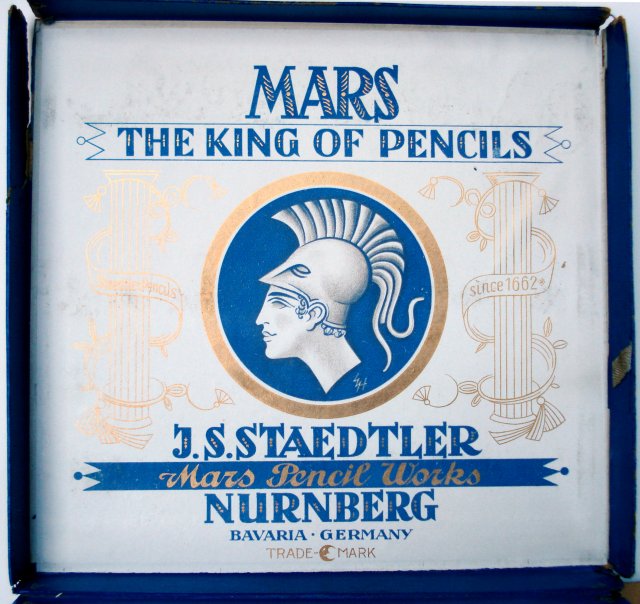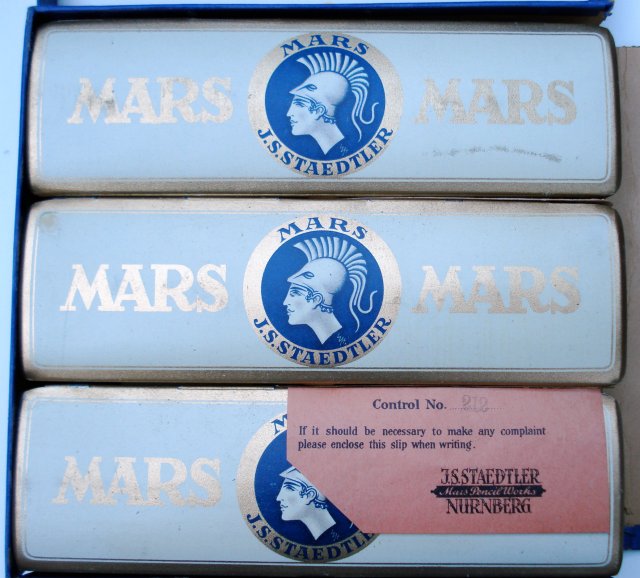Today we examine a trio of red and blue pencils from around the globe.
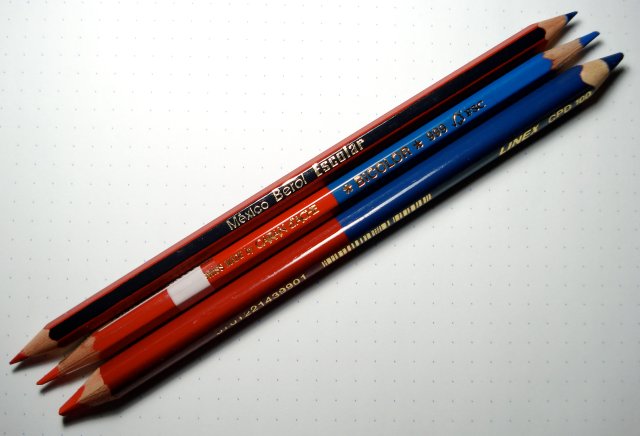
From Berol México we have the Escolar. A part of the global Sanford empire, Berol México continues to use historically important pen and pencil brand names such as Blaisdell and Esterbrook.
Sanford products from México can be found at some small independent art supply stores in Canada. The appearance of these products suggests that they have been in a dusty corner of a warehouse for some years. But I have no specific information.
This particular pencil is hexagonal and unsharpened, with the sides alternately painted red and blue. The stamping of the name may be on either a red or blue side.
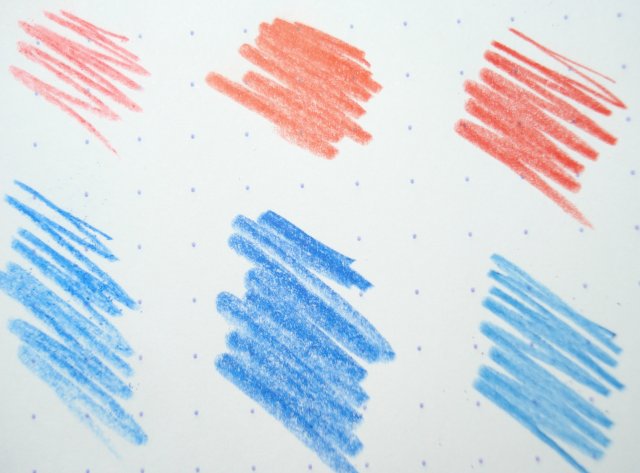
L to R: CPD 100, Bicolor 999, Escolar
From Caran d’Ache is the Bicolor 999. Unlike many better known Caran d’Ache products, this pencil doesn’t appear to be widely exported from Switzerland.
The pencil bears the FSC logo, and is hexagonal and pre-sharpened at both ends. The red end has a removable plastic cover embellished with a bar code.
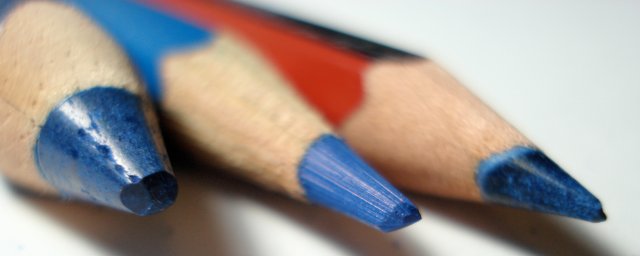
Lastly, the Danish brand Linex (though the products don’t claim to be made in Denmark) offers the CPD 100.
The CPD 100 is an oversized triangular pencil, with the red end sharpened. A set of ten comes in a plastic wallet.

Trying them on paper, the Escolar does surprising well for a student pencil. It sharpens easily, the “red” is fairly red, the point doesn’t break under pressure.
The Bicolor 999 is a delight. Both ends leave truly smooth and rich lines. The “red” is slightly on the orange side. I want to keep using it. It is one of those pencils that demonstrates the merits of making and using quality pencils.
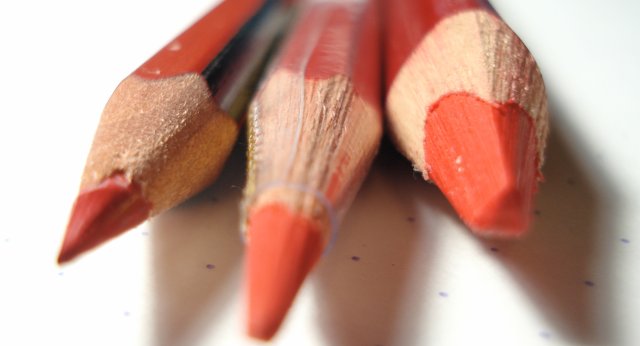
The CPD 100 is the disappointment of the three. The “red” is more on the pink side. The sharpening was tough, and the leads a bit on the scratchy side. It isn’t a terrible pencil, but there are better choices available.

